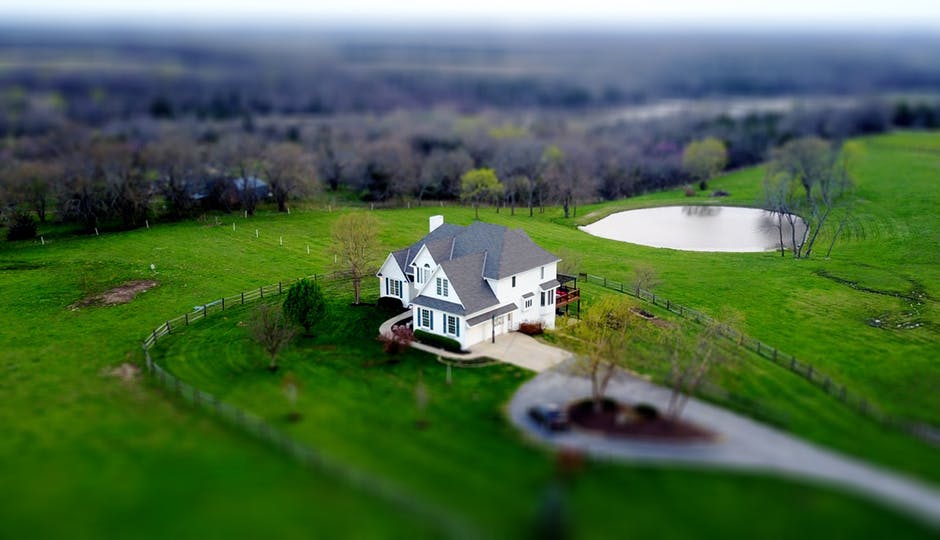
OR
Your credit card will not be charged until the day of delivery.
Free Cancellation upto 24 hours prior to delivery
your reservation is complete. check your email for your reservation receipt
Published: February 23, 2018
You’re ready to buy your first home. You’ve crunched numbers. You’ve saved. But how much do you really need to put down on a home? While you certainly want your monthly payment to be within your budget, you also don’t want to see your savings account dwindle to nothing in the process. Here are a few options you have as a home buyer when it comes to writing that final check when you close on your home.
The Traditional 20%
The general rule of thumb for putting money down on a house is that you don’t want to put down less than 20%. But in an economy where most young adults are paying rents more expensive than a mortgage payment, it’s hard to save tens of thousands of dollars. Essentially that would be like paying two mortgages for a while in order to save enough to put a hefty down payment on your home. If you are able to afford a 20% down payment, chances are you won’t have a problem finding a lender to work with. Also, you will probably get one of the better interest rates and won’t have to include mortgage insurance on your monthly payments. Closing costs and fees may also be lower with such a large down payment. However, never fear if 20% is a crazy thought for you. You can still purchase a home for less.
Government Backed Loans
While government loans aren’t everyone’s favorite thing, when it comes to housing, an FHA loan can get you in a house for as little as 3% down. That may sound like a dream, but putting a smaller down payment on a home will make you seem more like a risk for lenders. This could result in higher interest rates and paying mortgage insurance. However, you can easily factor those additional costs in when budgeting how much you want to spend on a home. An FHA loan is also available to those with less than perfect credit scores, which can be a deal breaker for a lot of lenders when approving loans. If you don’t want to put down 20% on your home upfront and can afford the potential extra monthly costs associated with it, the FHA loan may be the perfect way for you to get into a new home.
Veteran Loans
If you’ve served in the military, you can actually buy a home without a down payment at all. VA loans are available for active duty members after 90 consecutive days during wartime or 181 days during peacetime. If not called to active duty, the loan is available to regular military members after serving 2 continuous years. It is also available to National Guard members and Army Reserves who have served more than 6 years as well as spouses of service members who have died in the line of duty or from a service-related disability. Those who qualify for a VA loan also aren’t required to have a specific income, but they are responsible for having a certain percentage of income left over after their necessary monthly expenses. So if you or your spouse has served in the military and you’re looking for little to no down payment, the VA loan is definitely worth researching.
Rural Development Loan
Are you looking to purchase a home out of the hustle and bustle of the city? The USDA has a rural development loan to encourage buyers to purchase outside of cities, and this loan also can be obtained with no down payment. Instead of paying monthly mortgage insurance, there is a low upfront fee. However, you will need a credit score above a 640 to obtain this particular loan. If you have a specific home or area in mind, it’s worth it to see if it qualifies for the Rural Development Loan. If so, you could be looking at no down payment at all.
No matter which loan you choose, once you’re approved and set to move, UNITS will help move you to your new home!
Call
Our local owners and managers are ready to assist you in what you’ll soon be calling your easiest move yet. Get started today by filling out our online quote form.